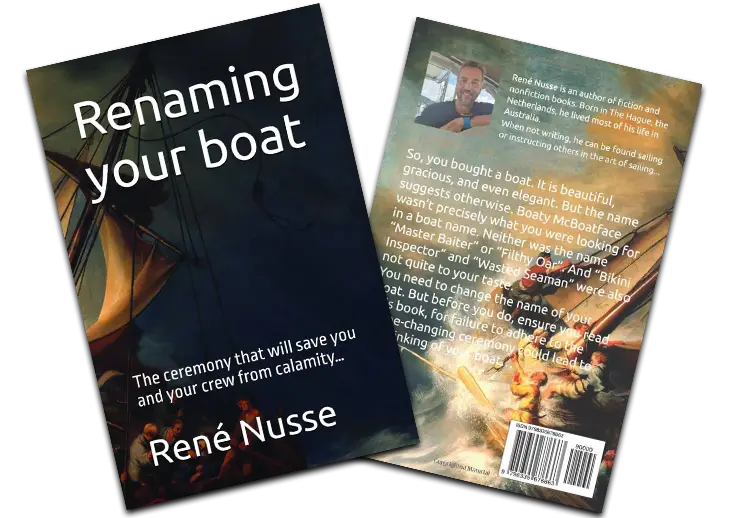Dealing with weather helm
Weather helm is a common issue for sailors, and it occurs when the boat turns into the wind due to excessive pressure on the weather side of the sail. Here are some strategies to help manage or reduce weather helm:
Balance the Sail Plan:
- Trim the Sails: Ensure that the sails are properly trimmed. It can contribute to weather helm if the main is too tight or the jib is too loose (or vice versa).
- Adjust the Main Sail: Sometimes, easing the mainsail or moving the centre of effort forward can help. Check if the main sheet is too tight.
Adjust the Centre of Effort:
- Move the Centreboard or Keel: If your boat has an adjustable centreboard or keel, moving it can change the balance and reduce weather helm.
- Use a Smaller Jib: A smaller headsail can reduce the weather helm by lowering the total sail area and shifting the balance forward.
Check the Rigging:
- Tune the Rigging: Make sure the rigging is properly tuned. An incorrectly tuned rig can affect the sail’s balance and cause weather helm.
Change the Boat’s Trim:
- Adjust Weight Distribution: Shifting weight towards the bow can help counteract weather helm. Make sure that the weight is distributed evenly or slightly forward.
- Use Ballast: If your boat has adjustable ballast, adding weight to the bow can help reduce weather helm.
Improve the Hull’s Performance:
- Check for Fouling: Ensure the hull is clean and free of growth or debris, which can affect performance.
- Examine the Rudder: Make sure the rudder is functioning correctly and isn’t damaged, as a malfunctioning rudder can exacerbate weather helm. (Read more about rudder control).
Modify the Sailing Technique:
- Steer with the Trim: If you’re experiencing excessive weather helm, you might need to adjust your steering technique. Sometimes, easing the main sheet and steering more leeward can help balance the boat.
Consider Sail Modifications:
- Add a Sail Track: In some cases, adding a track for the jib or adjusting its position can help balance the boat better.
- Use a Jib with a Different Cut: Sometimes, changing to a different jib or a headsail with a different cut can help balance the boat.
By adjusting these variables, you can usually find a combination that helps reduce or eliminate weather helm, leading to a more balanced and enjoyable sailing experience.

NAVIGATION RULES CLINIC + BASIC SAIL TRIM COURSE
Author
-

Rene is a keelboat instructor and sailing coach in the Mandurah area WA. He is also the author of several books about sailing including "The Book of Maritime Idioms" and "Renaming your boat".
View all posts


